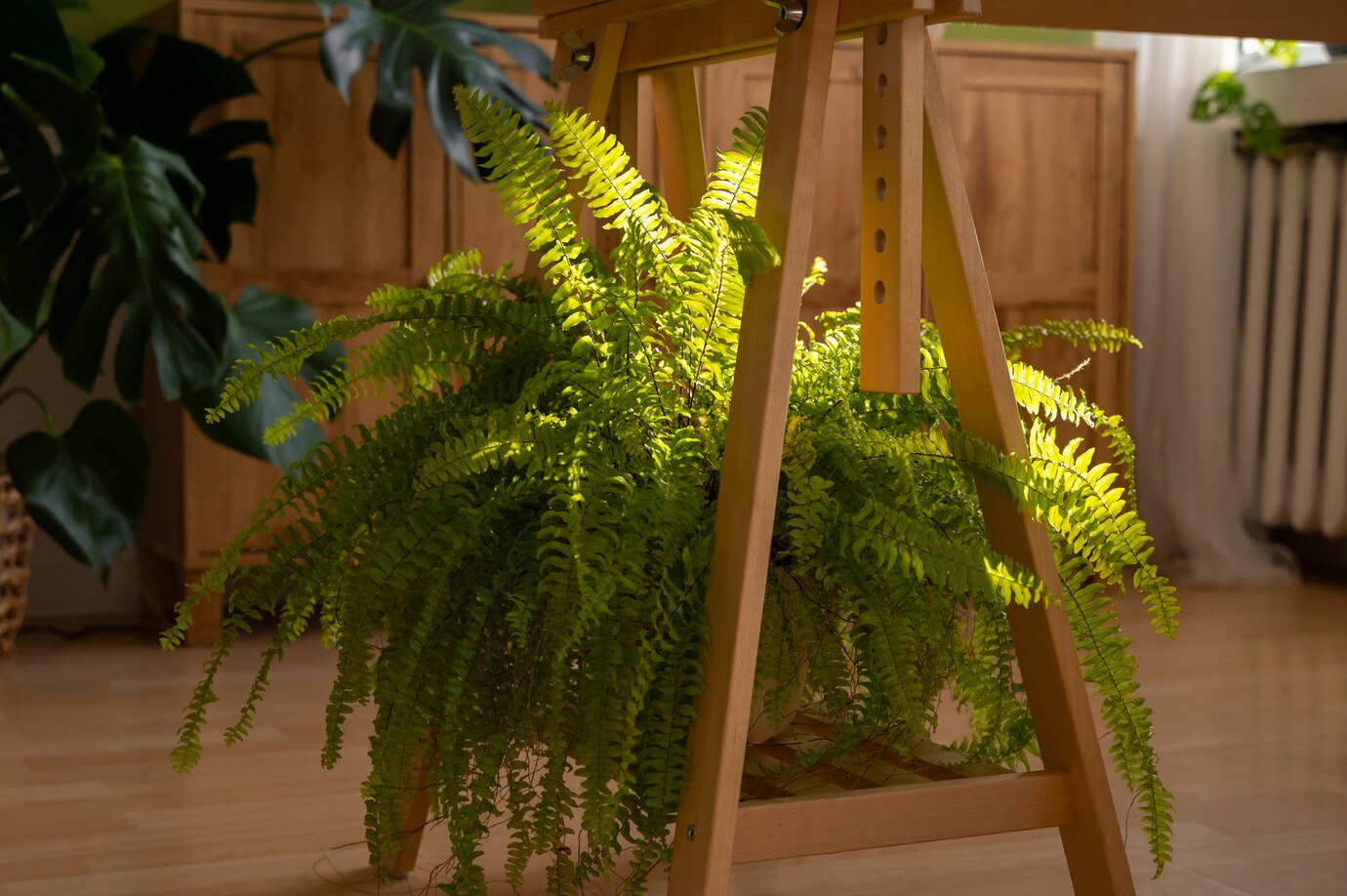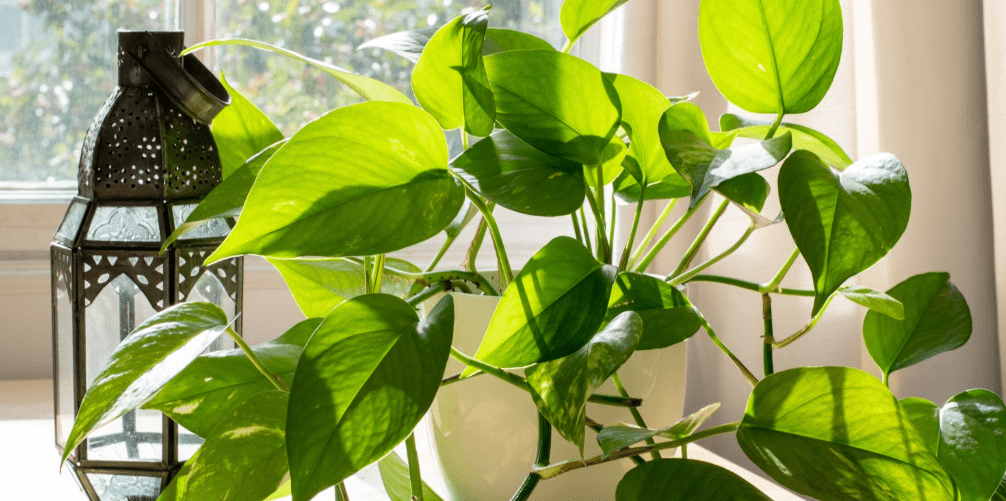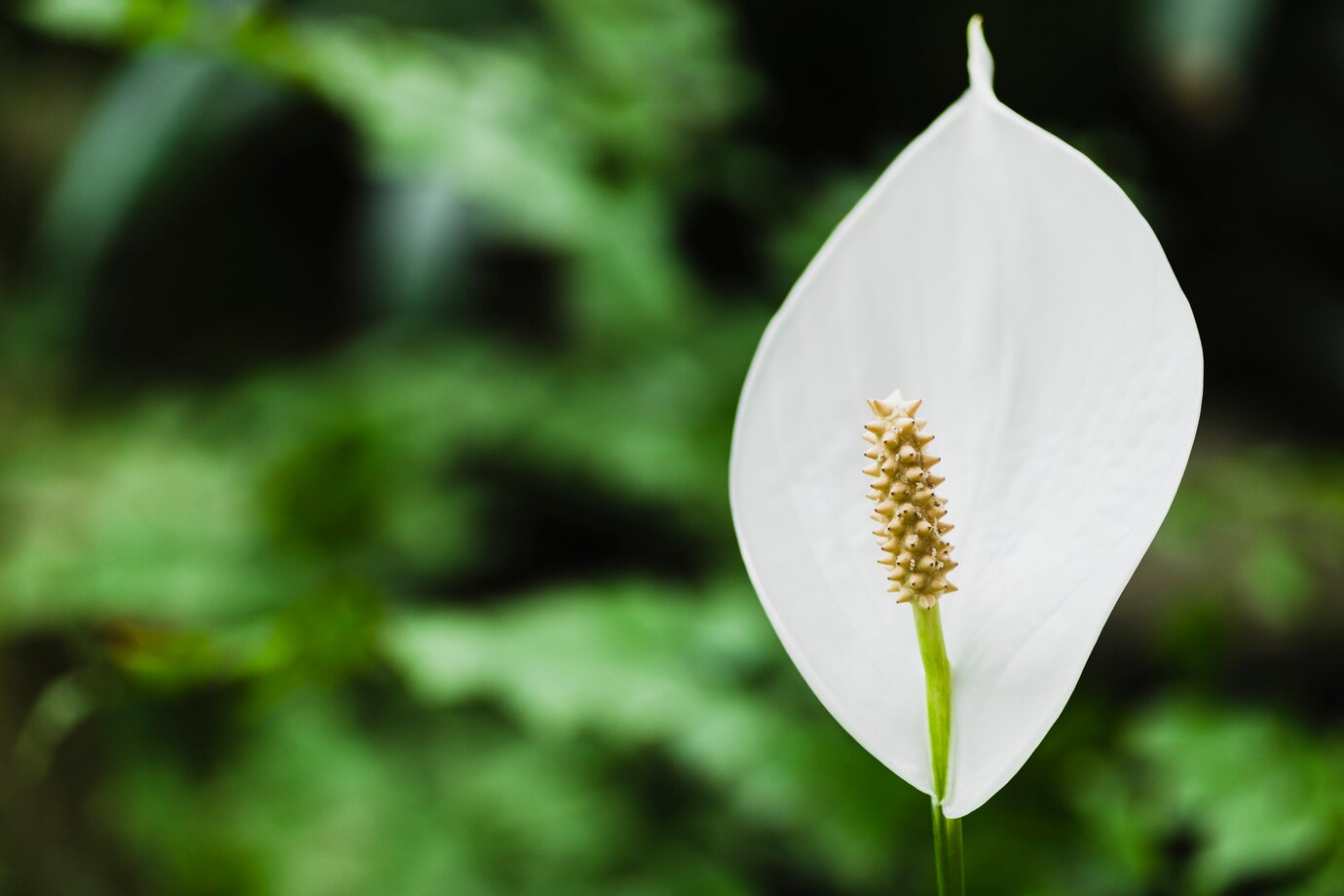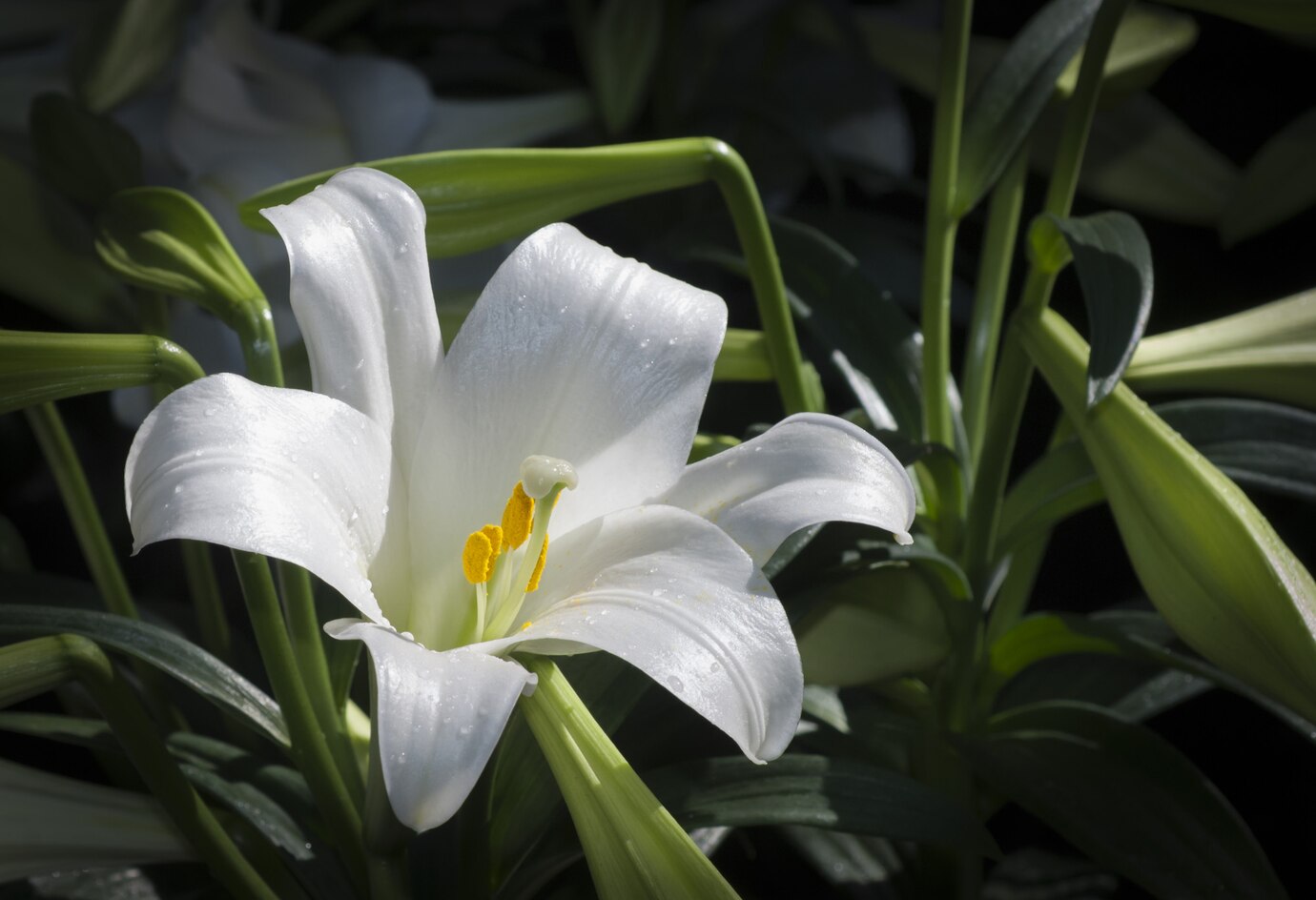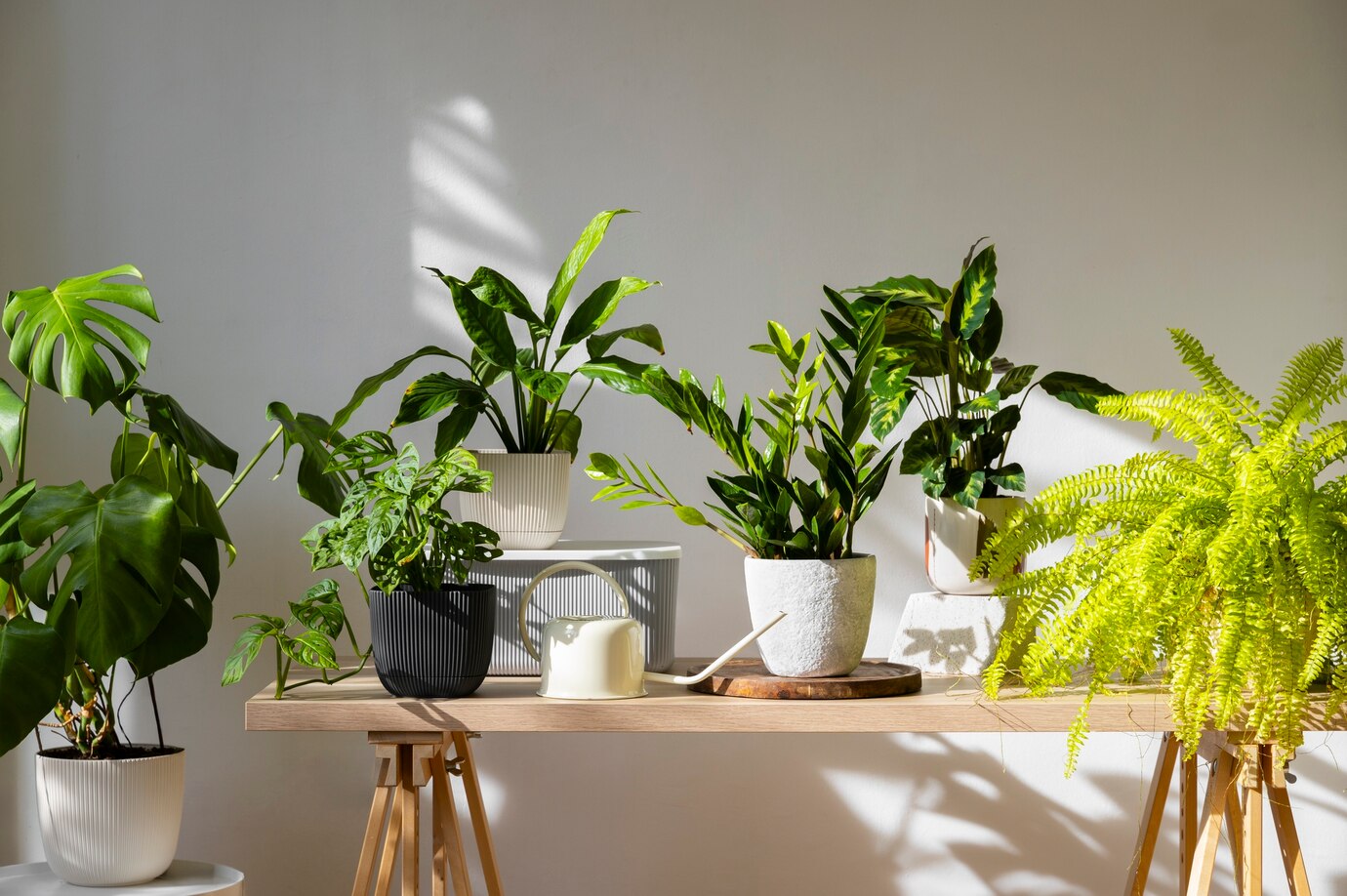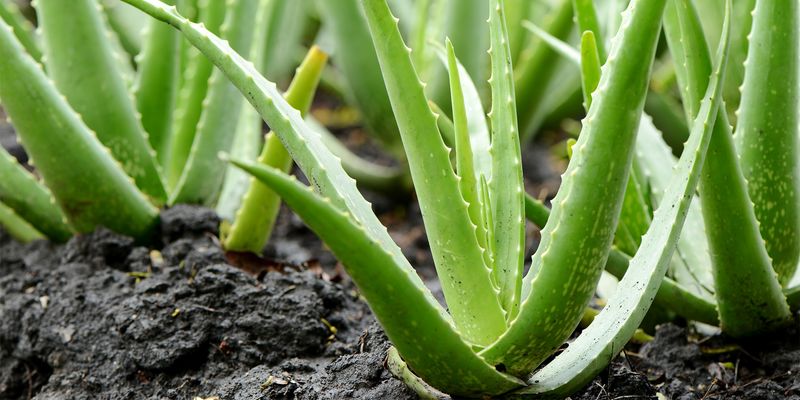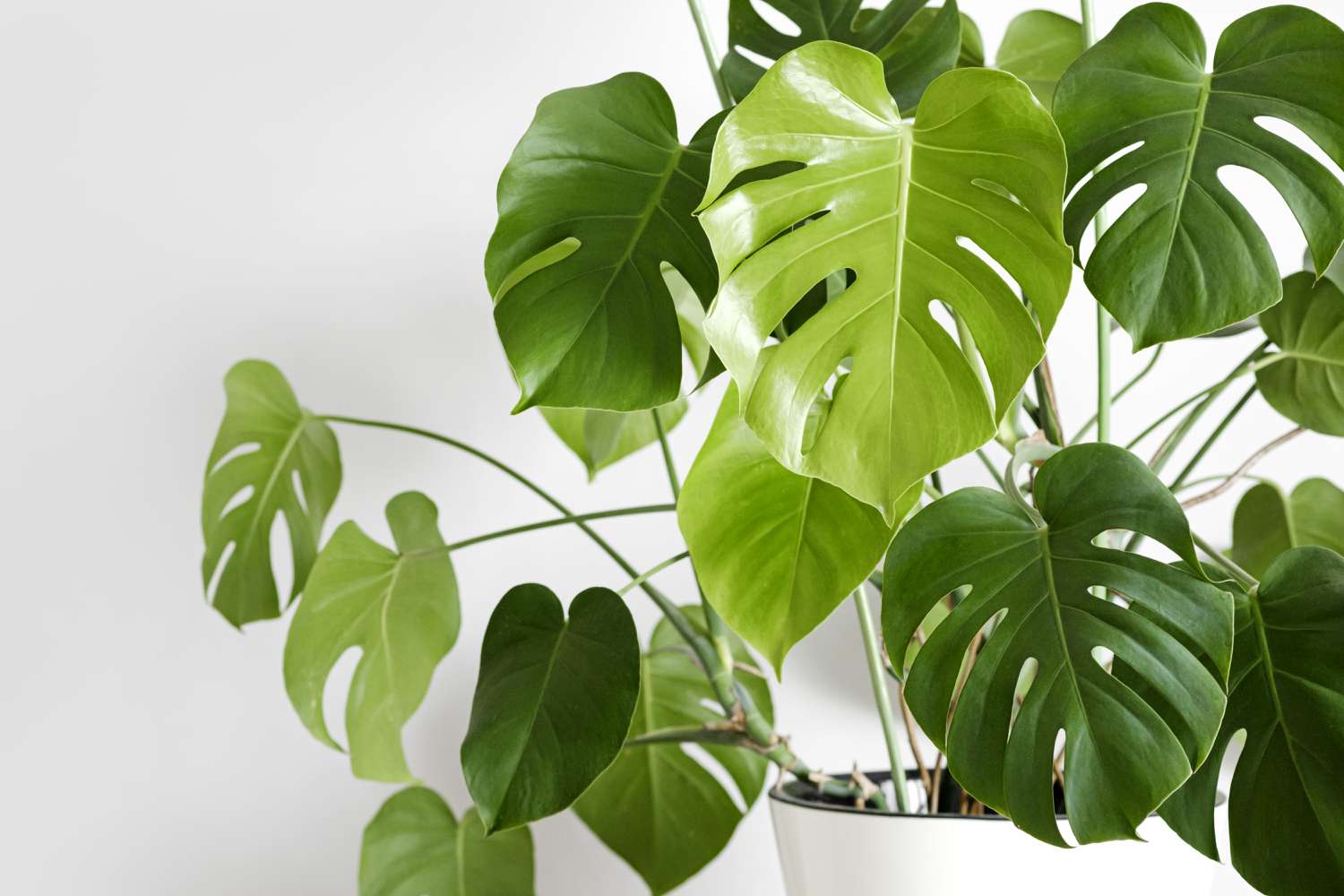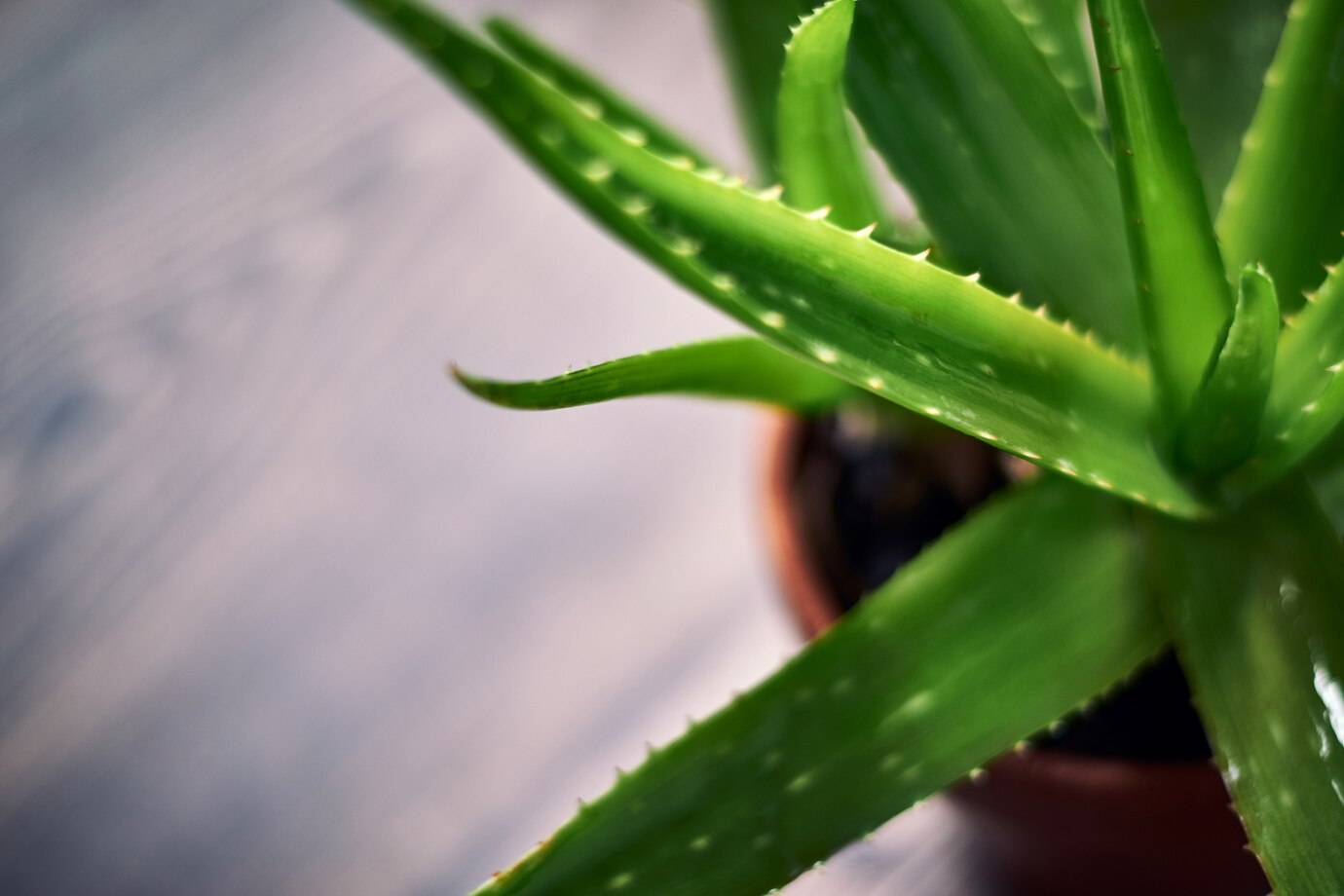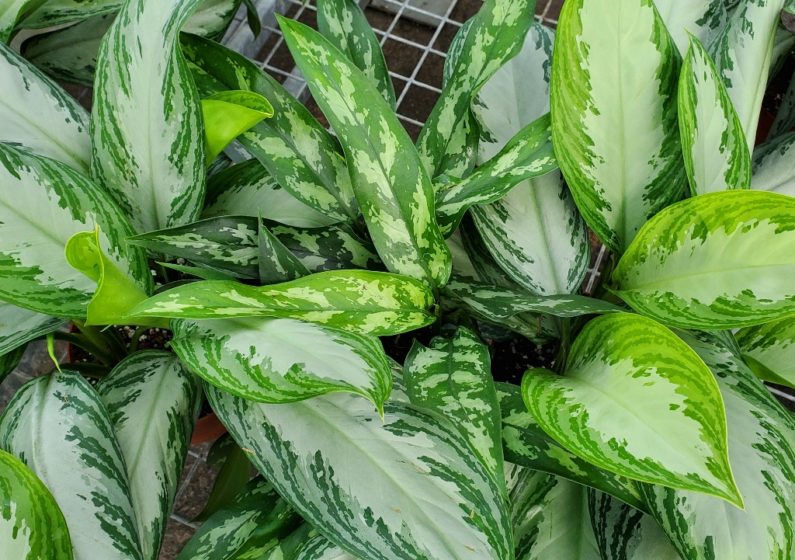Nephrolepis exaltata ‘Bostoniensis,’ commonly known as the Boston fern or sword fern, is a favored indoor plant admired for its gracefully arching, lush green leaves. It looks beautiful when placed in a hanging basket or elevated planter. Besides adding beauty, this plant also enhances indoor air quality. Boston ferns are listed among NASA’s top ten air-cleansing plants.
The name originates from its believed discovery in a batch of ferns shipped from Philadelphia to Boston in the late 19th century. Among the deliveries, this variety stood out for being more compact and having a more appealing form, which led to its popularity as a houseplant.
Sword ferns are native to marshy regions and tropical forests of South America and the Caribbean. Their natural habitat reveals the environment they prefer, which includes warm temperatures, high humidity, consistently damp soil, and protection from direct sunlight. Boston fern care is challenging, but it will flourish with proper care.
Table of Contents
ToggleBoston Fern Care
Here are the main care requirements for growing a Boston fern.
Light
Boston ferns perform best in bright, indirect sunlight. Insufficient light may cause the fronds to become thin and dull, while excessive direct sunlight can scorch them. They grow exceptionally well on porches where they get gentle morning sun and are shielded from the harsher afternoon rays.
Soil
Ferns thrive in nutrient-rich, loamy soil that drains well. To enrich the soil before planting in your outdoor garden, mix in compost and peat. For container-grown Boston ferns, opt for a peat-based potting mix supplemented with perlite to enhance drainage.
Water
Maintain slightly moist soil during the active growing season in spring and summer by watering indoor Boston ferns about once a week and outdoor ones more often if the weather is hot. In fall and winter, when the growth slows, watering should be reduced to every two weeks. If the soil becomes dry, the fronds may begin to droop.
Temperature and Humidity
Boston ferns grow best in temperatures ranging from 65°F to 75°F. Exposure to temperatures above 95°F or below 35°F can damage the plant. These ferns love high humidity (ideally above 80%), which you can maintain by regularly misting or placing the pot on a pebbel tray filled with water. In dry air, the frond tips may turn brown. When kept indoors, position the plant away from temperature extremes and avoid placing it near heating vents or air conditioning drafts.
Fertilizer
For outdoor Boston ferns, enrich the soil each year by adding a 1-inch layer of compost and applying mulch to support healthy growth. Indoor ferns benefit from monthly feeding during spring and summer with a diluted 20-10-20 liquid houseplant fertilizer—use it at half the recommended strength. Avoid fertilizing during the cooler months when the plant’s growth slows down.
How to Grow Boston Fern From Spores
Like other fern varieties, the Boston fern doesn’t produce seeds. Instead, it reproduces through spores, which can be harvested from mature plants or purchased from a garden center.
To grow a Boston fern from spores, follow these steps:
- Gather supplies: a piece of paper, a jar, potting mix, and containers for indoor growing, or compost and peat for outdoor planting.
- Gently shake the fronds of a mature fern over the paper to release the spores from the underside of the leaves.
- Transfer the collected spores into a jar and choose a warm, humid spot for propagation.
- Fill your pot with potting soil or prepare your outdoor site by mixing compost and peat.
- Moisten the soil, then sprinkle the spores evenly across the surface. Mist lightly to keep the soil damp at all times.
- After about a week, look for a fine green layer called prothallia. It contains the reproductive cells. Continue misting to encourage fertilization.
- Keep misting regularly until you see small fern sprouts emerge. Then, switch to a consistent watering routine to maintain moist soil as the seedlings grow.
Common Pests & Plant Diseases
Outdoor Boston ferns can attract pests like whiteflies, mealybugs, slugs, snails, and caterpillars. Whiteflies and mealybugs feed on the plant’s sap, often leaving behind a sticky residue that encourages mold growth. Slugs, snails, and caterpillars chew through the foliage, leaving holes and a telltale slimy trail behind. You can manage these pests by spraying the affected areas with a strong stream of water to dislodge whiteflies and mealybugs and handpicking slugs, snails, and caterpillars from the plant.
Both indoor and outdoor Boston ferns are also prone to blight, a fungal disease that appears as brown, web-like growth. If your plant becomes infected, repot it into a clean, sterile container and discard the contaminated soil. Fungicides should be used only as a last resort after other methods have been tried without success.
Common Problems With Boston Fern
Overwatering a Boston fern can lead to root rot, in which the fronds take on a grayish hue, and the roots become brown and mushy. The best way to treat root rot is to repot the plant in fresh soil and trim away any affected roots. To prevent this issue, ensure the pot has proper drainage and allows for good air circulation around the root zone.

